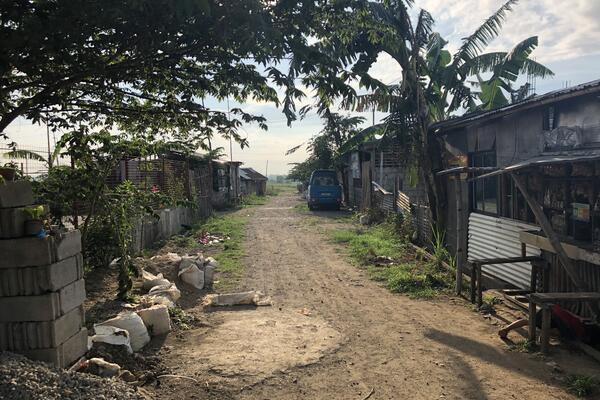
The learning curve
After over six weeks in lockdown, governments across the country have agreed on criteria needed to start lifting restrictions

After over six weeks in lockdown, governments across the country have agreed on criteria needed to start lifting restrictions
By Feridun Hamdullahpur President and Vice-ChancellorAfter over six weeks in lockdown, governments across the country have agreed on criteria needed to start lifting restrictions, and several provinces have begun to take steps to reopen their economies.
While there is still some debate on timing and the best path to follow, all can agree that this has been a huge learning experience for Canadians.
We have all had to learn about social distancing – then understand it more specifically as physical distancing – and learn about how we can live, work and socialize from our homes without going stir crazy.
This part, akin to keeping our head above water, is done. But now we need to move from treading water to becoming long distance swimmers.
Whatever analogy you want to choose, the truth is there is a new post-pandemic learning curve we need to accelerate if we are going to help Canada’s economy recover and strengthen as quickly as possible.
At our own university, we have learned how to fast-adapt many areas where we were making great progress before the virus hit. But this was not enough as we learned to move at warp speed to transform learning for about 16,000 students to digital platforms for the Spring Term, the largest spring/summer session in the country. And in a matter of days, we learned how to pivot thousands of job interviews for our co-op students looking to start work terms on May 1, to online experiences with their employers.
And like most other organizations in Canada, we supported our employees as they quickly transitioned to work-from-home routines. And as is the case for every other essential service worker in Canada, we are enormously grateful to those at Waterloo who maintain critical functions in our COVID-19 research efforts, in residences for students not able to travel home and in our health services.
So, what is the next imperative on our collective learning curve?
Canada’s leaders in government, private sector and key public institutions need to agree on how we will help our economy return to some measure of stability. We need to rebuild trust and use technology in new ways to restore productivity safely across social and commercial networks. We need to plan together now, to act quickly on our recovery when the time is right.
For our part, the University of Waterloo invited a roundtable of 12 corporate leaders to discern the short and medium-term solutions that Canada needs. These CEOs helped us uncover three priority actions that leaders across sectors can impact.
First we need to know how to get people back to work safely – at the right time, in stages and with the advice of public health officials. Communities will also need access to broadly available testing, tracing and analytics of ongoing and emerging pandemic waves. We have learned a lot from this pandemic over the last few months – we need deep analytics, AI and other tech tools to predict, mitigate and manage future waves.
Second, Canadians must continue to have confidence in global markets while working to establish more resilience in our domestic supply chains in critical areas where we are vulnerable. It wouldn’t hurt either for us as Canadians to invoke our historic reputation for diplomacy in times of deepened geo-political tensions.
And third we need to rapidly bring to scale what we have learned in a very short time to implement distance learning and new digital collaboration models. We will get more Canadians back to work faster if we can provide them with high-quality online learning that retools and reskills our workforce.
As an institution built for change, the University of Waterloo is moving quickly from “respond” to “reimagine”. Our researchers are pivoting to create real-time solutions to the pandemic and its massive social, health and economic impacts. And our students continue to shine their brilliant lights as they return to their online classes in May or serve as work-from-home innovators or community volunteers during their Spring co-op work terms.
The world needs this vital pipeline of new talent now more than ever. We need to continue to find new, flexible and creative ways of developing that talent. For our part, we’re working on how the world’s largest co-op university can expand and flip our model with a new Work-Learn Institute and lifelong learning venture.
If we can get more businesses and universities aligned on this mission, we’ll speed up the curve that ultimately matters most – the Canadian economic recovery curve.

Read more
From research to 3D-printed masks and equipment donations, the University community is mobilizing to combat the coronavirus here at home and globally

Read more
How Waterloo professors are helping adapt health-response guidelines for lower-resource areas

Read more
Waterloo student volunteers his time and skills to help fight the coronavirus
The University of Waterloo acknowledges that much of our work takes place on the traditional territory of the Neutral, Anishinaabeg, and Haudenosaunee peoples. Our main campus is situated on the Haldimand Tract, the land granted to the Six Nations that includes six miles on each side of the Grand River. Our active work toward reconciliation takes place across our campuses through research, learning, teaching, and community building, and is co-ordinated within the Office of Indigenous Relations.